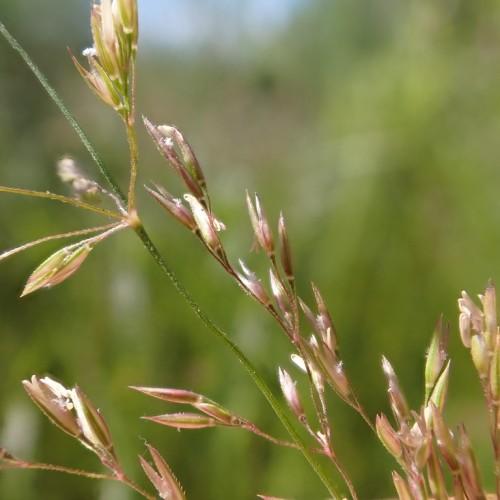
Redtop
Agrostis gigantea
Also Known As - Black Bentgrass,Giant BentgrassWatering:
Frequent
Hardiness Zone:
Sun:
full sun,part shade
Leaf:
Yes
Growth Rate:
High
Drought Tolerant:
Yes
Salt Tolerant:
Yes
Invasive:
Yes
Care Level:
High
watering
Colonial Bentgrass (Agrostis capillaris) should be watered deeply every 7-10 days. The amount of water should be around 1 inch per week. During periods of extended drought, the frequency should be increased. It is especially important to water during the hot summer months and to make sure that the soil does not completely dry out. In the colder winter months, reduce watering as the grass does not need as much moisture. Always ensure that the soil is regularly moist but not wet, as too much moisture can shock the plant and cause damage.
sunlight
Colonial Bentgrass (Agrostis capillaris) grows best in full sunlight, although it can tolerate light shade. An ideal location for this species will receive at least 6 to 8 hours of direct sunlight each day, ideally all in the morning and some indirect sunlight during the afternoon. This grass species does not enjoy prolonged exposure to blazing afternoon sun or deep shade. The direct sunlight is what encourages optimum growth and helps to keep the ground cover lush and green. It is also necessary for the development of seeds. Too much sun can lead to the plant wilting and damage to the blades of grass.
pruning
Colonial Bentgrass (Agrostis capillaris) should be pruned in late winter to early spring, before the grass begins actively growing. Pruning should involve the removal of dead and diseased foliage and should leave grass stolons and crowns about 2-thirds of their original size. Pruning may also include vertical mowing with a reel mower, as this helps to retain the grass's original shape and texture. This species of grass does not tolerate frequent or severe pruning, so care should be taken when trimming to ensure that the grass is not damaged.
